Pannonian Park
Pannonian Park is the largest development among the four projects being implemented on the Zoo’s new grounds.
What will Pannonian Park be like?
The Pannonian Park complex will be developed over an area of approximately 5 hectares. This is roughly half the size of the entire current area of the historical Zoo. However, in terms of design, it will not feature open spaces with pavilion-like, scattered animal houses. Instead, spacious outdoor areas will connect to a single central structure, a 1.7-hectare Biodome.
The outdoor areas of Pannonian Park will consist of park sections, walkways, and spacious outdoor enclosures for the animals. For instance, there will be a modern enclosure system for the Asian elephants, which will relocate here. The indoor spaces connected to the enclosures will be located inside the Biodome. These will be directly connected to the outdoor enclosures. In the park sections, the vegetation will complement the experience, with plant life matching the high standards of the historical Zoo’s collection parks.
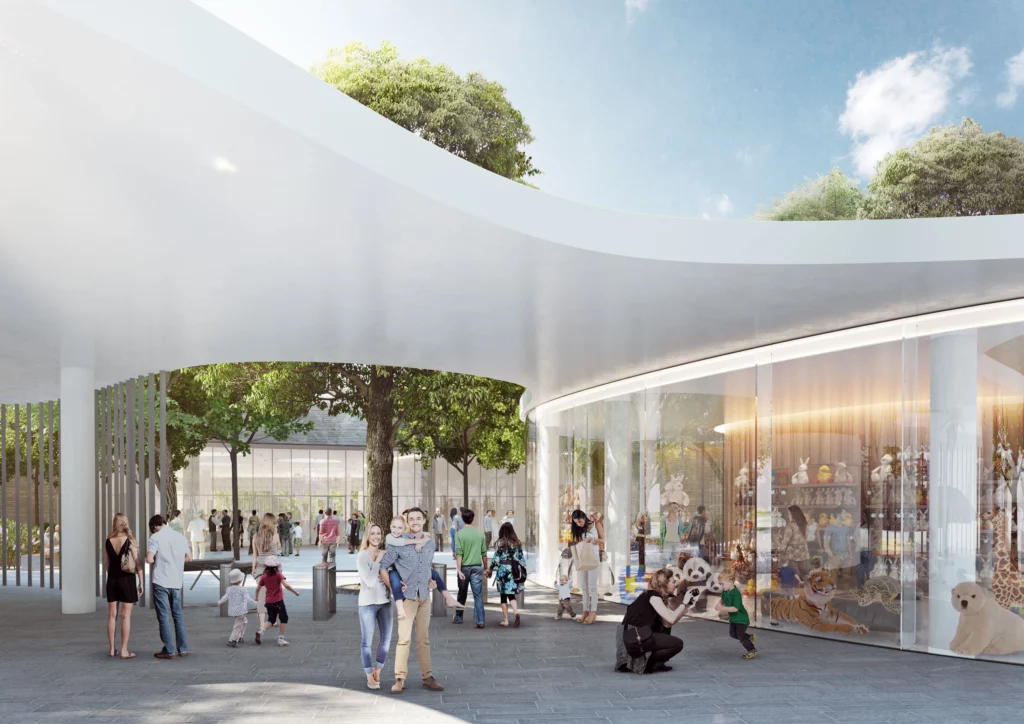
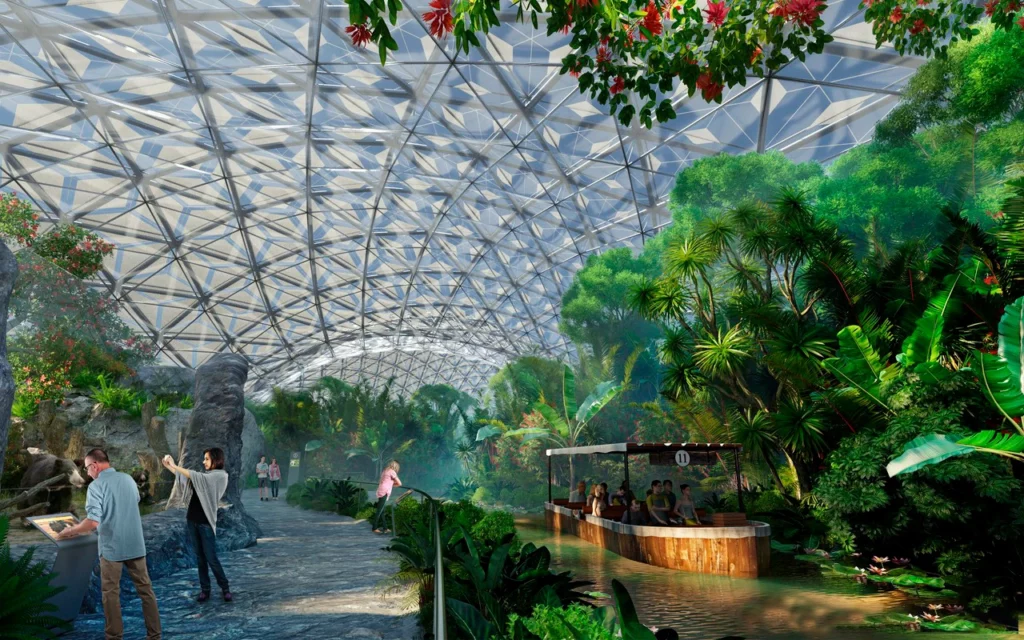
Inside the Biodome, there will also be park sections, walkways, and animal enclosures, all housed under a translucent, special roof. So, even in bad weather, the interior of the Biodome will maintain a pleasant climate, making this vast space a true year-round exhibit for the public. Inside the Biodome, larger mammals will be housed, specifically those intended for the outdoor enclosures of the Pannonian Park surrounding the Biodome. For example, the elephants will have a large, shared space, and several separate areas will also be created, including a maternity room. In addition to the elephants, the Biodome will house many other species, including bonobos and Indian rhinoceroses, as well as smaller mammals, birds, various reptiles, and other animal groups.
Another part of the Biodome will house the Pannonian Sea aquarium. Its main attraction will be a massive shark tank, holding more than two million litres of water, but many other marine and freshwater animals will also be featured in the aquarium’s other tanks. Visitors will even be able to see manatees (sea cows) and otters.
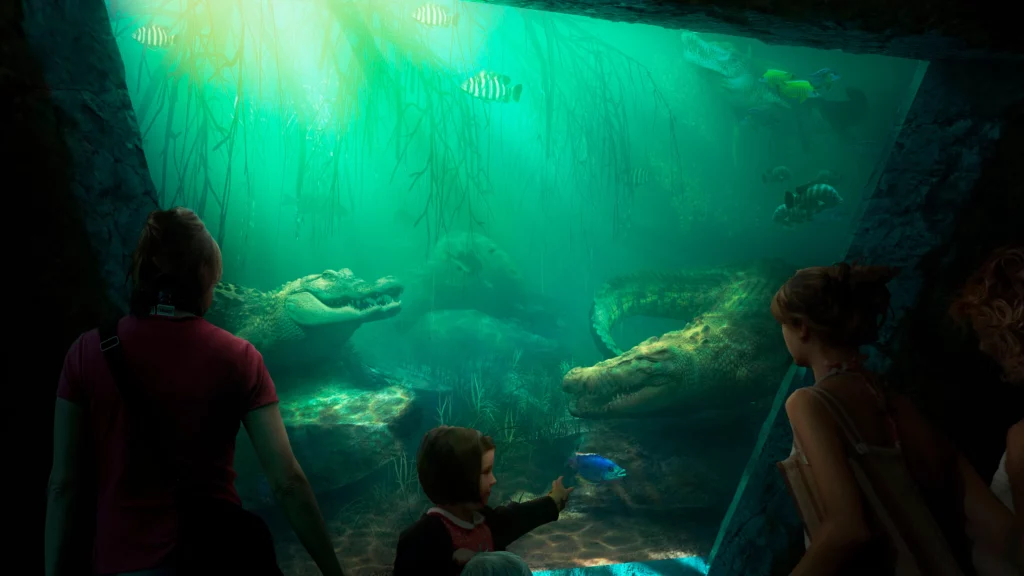
The theme of the Biodome changed last year; today, we are focusing on the possible future coexistence of humans and nature, and we will present already existing examples of this. Of course, we also won’t forget that the geography, hydrology, climate, and flora and fauna of the Carpathian Basin were very different in the past compared to today. For example, during the Miocene epoch of the Tertiary period, which lasted from 23 million to 5 million years ago (well after the extinction of the dinosaurs 65 million years ago), what is now Hungary was partially covered by a sea (the Pannonian Sea), and later by a lake or a system of lakes (the Pannonian Lake), interspersed with smaller and larger land areas and islands. These lands were home to a variety of animals, including ancient rhino-like creatures, Proboscidea, and great apes, while the waters were inhabited by ancient sea cows, sharks, and other fascinating creatures, all of which will be presented in the Biodome.
Pannonian Park, including the Biodome, will showcase modern zoo exhibit techniques, offering a unique visitor experience not only in Hungary but also in the surrounding countries. The exhibit complex will be an adventurous discovery for visitors, and of course, many additional facilities will be connected to it, including a visitor centre and catering units.
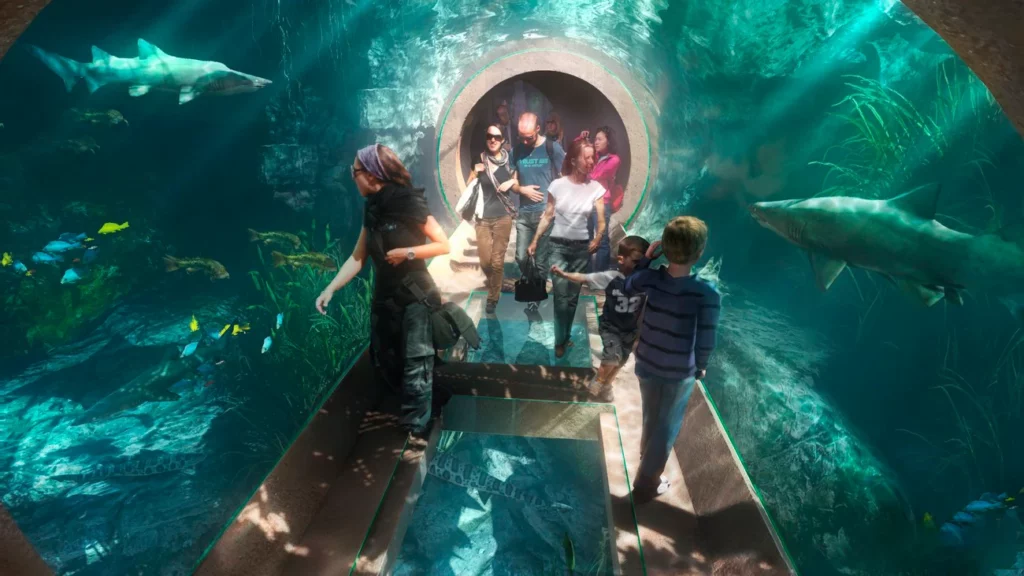
Behind Pannonian Park itself, we will create a small English garden zone. As is well known, the area of the complex became part of the Zoo in 2014. Before that, from 1950 to 2013, it was home to the now-closed amusement park, and earlier, from 1910 to 1950, the former English Park operated on the same site. As a surviving legacy of the past, two historic amusement rides, the Roller Coaster and the Fairy Tale Boat, are still located here. Originally part of the English Park, they later became part of the amusement park, and in 2014, they were inherited by our Zoo. The plan is to renovate both rides, and once Pannonian Park is completed, the public will be able to enjoy them again.
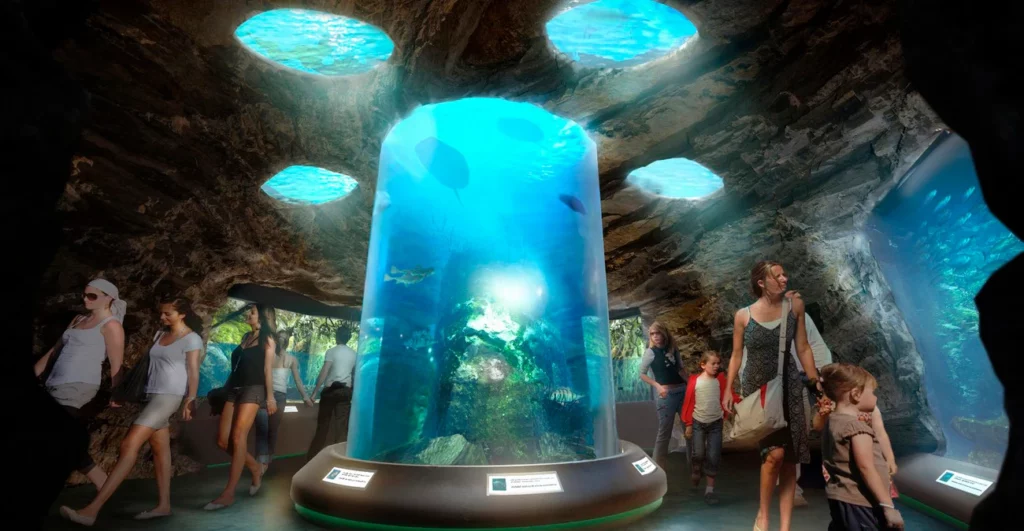
We took a similar approach with the Schäftner carousel, which is also considered a historic monument. Like the Roller Coaster and the Fairy Tale Boat, we inherited this carousel from the amusement park. We fully renovated this carousel, both inside and out, and opened it to the public.
